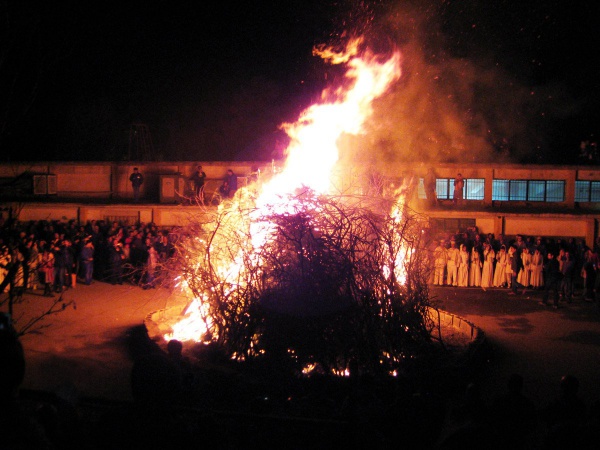Facts About Sadeh
Sadeh, also known as Jashn-e Sadeh, is a vibrant Iranian festival that commemorates the discovery of fire by Hushang, the mythical second Shah of the Pishdadian dynasty. This lively event occurs fifty days before Nowruz and is celebrated not only in Iran but also in parts of Afghanistan and Tajikistan, tracing its roots back to the Achaemenid Empire. The name "Sadeh" translates to "century" in Persian.
According to legend, Hushang discovered fire while climbing a mountain when he accidentally created a spark by striking two flint stones together. This monumental discovery led to a festival that honors light, fire, and energy. In ancient times, Jashn-e Sadeh involved lighting fires to symbolize the revival of the sun and the banishment of frost and evil spirits.
Traditionally, the festival saw teenage boys collecting camel thorns for the fires, marking a rite of passage into adulthood. These fires burned throughout the night, and the next day, women would take embers home to spread the blessings of the Sadeh fire. The festivities, which lasted three days, included feasting and charitable donations to the poor.
Even after the Muslim conquest of Persia, Sadeh continued to be celebrated with elaborate bonfires, fireworks, music, and feasting. Today, the festival is still observed in some Iranian cities and Zoroastrian temples, featuring activities such as dancing around fires and offering prayers.
Sadeh holds deep significance for both Zoroastrians and Iranians, symbolizing the eternal battle against evil and the celebration of creation. The festival's history is complex, with different days being observed for its celebration. Despite these variations, Sadeh remains a cherished tradition that unites communities in honoring light, warmth, and the spirit of togetherness.

 Armenia
Armenia